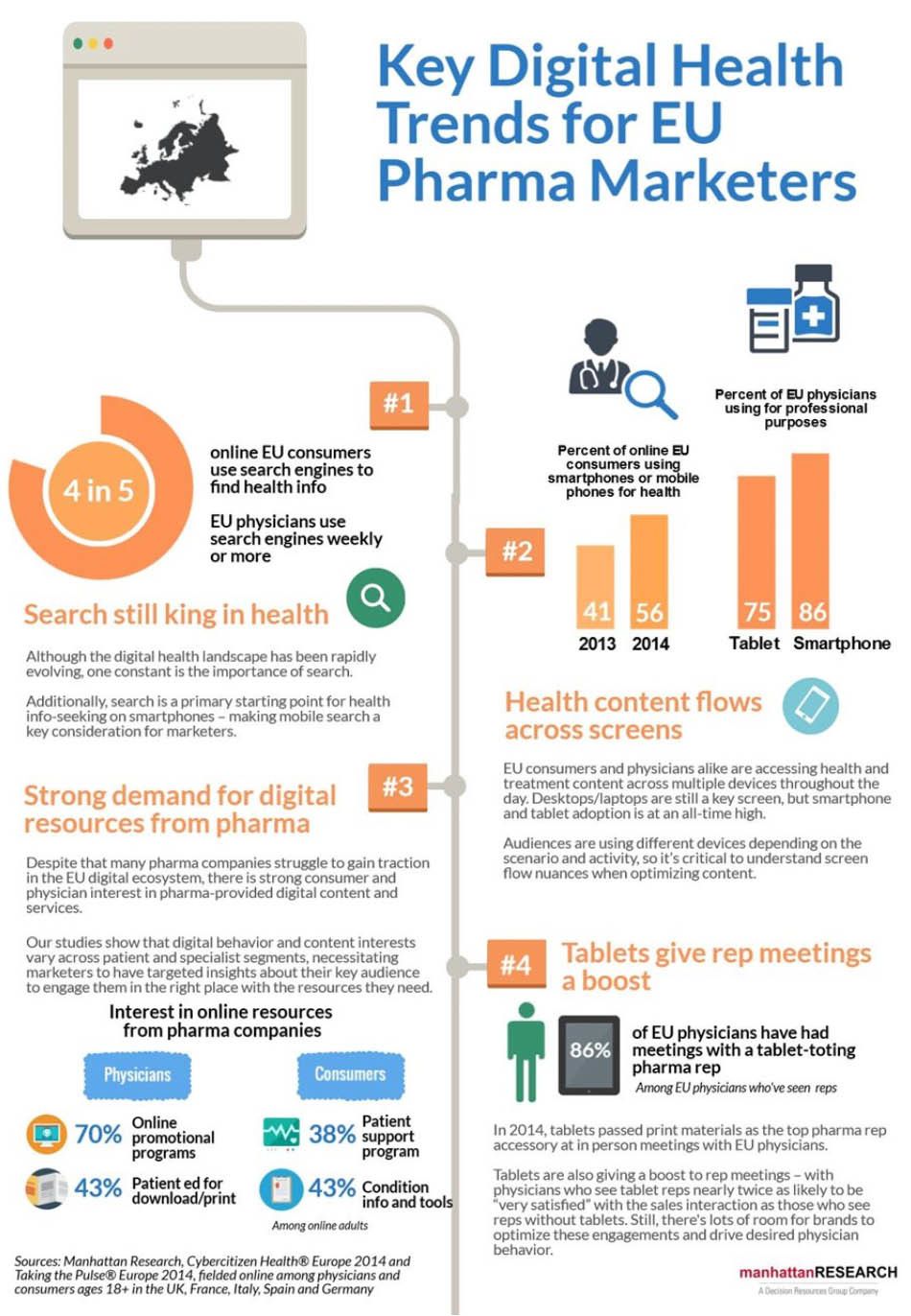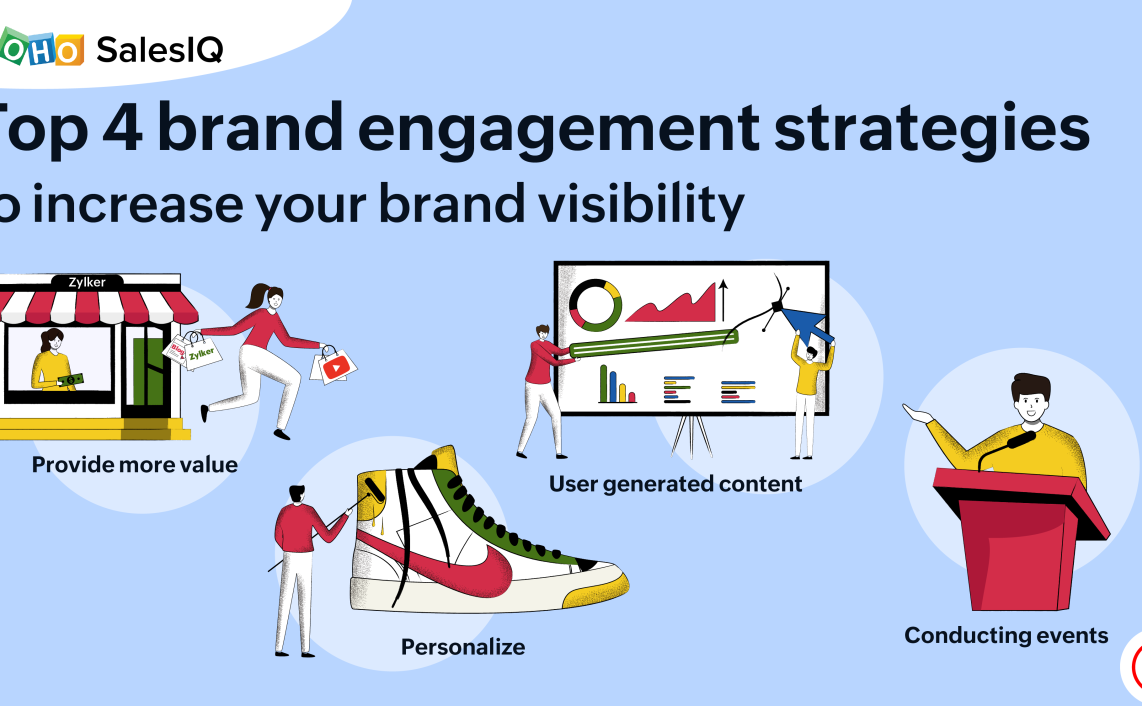Digital Marketing Trends In Pharma: Navigating Regulation And Engagement

In the realm of healthcare marketing, pharmaceutical companies have traditionally taken a cautious approach due to the strict regulatory landscape. However, recent advancements in digital technology and changing patient behavior have compelled pharma marketers to embrace innovative digital marketing strategies. This article delves into the key digital marketing trends in pharma, exploring the challenges and opportunities associated with navigating regulations and engaging audiences in a compliant and effective manner.

Executive Summary

The pharmaceutical industry is witnessing a fundamental shift in marketing practices. Digital channels are playing an increasingly significant role in reaching healthcare professionals (HCPs), patients, and caregivers. However, pharma companies must navigate complex regulatory requirements while maintaining scientific rigor and patient safety. By embracing best practices and implementing innovative digital solutions, pharma marketers can effectively engage audiences, drive brand awareness, and positively impact patient outcomes.
Introduction
Pharmaceutical marketing is undergoing a transformative evolution. With the rise of digital technologies, pharma marketers have the opportunity to reach their audiences more efficiently, effectively, and in a more personalized way. However, strict regulatory requirements and ethical considerations present unique challenges. This article explores the key trends and best practices in digital pharma marketing, providing guidance for navigating the regulatory landscape and engaging audiences in a compliant and impactful manner.
Key Digital Marketing Trends
1. Precision Targeting
Description:
Precision targeting involves identifying and segmenting specific audiences based on their demographics, interests, and behaviors. By leveraging patient data, medical records, and other relevant information, pharma marketers can tailor messaging and campaigns to specific audience segments, increasing relevance and engagement.
Key Elements:
- Use patient segmentation to identify specific target groups
- Employ advanced analytics and data tools to gather insights
- Leverage social media listening tools to monitor conversations
- Personalize content and messaging for each segment
- Use digital channels to deliver targeted advertising
2. Data-Driven Personalization
Description:
Data-driven personalization involves using data to create personalized experiences for each customer. By tracking patient behavior, preferences, and treatment outcomes, pharma marketers can tailor messaging, content, and recommendations to individual patient needs.
Key Elements:
- Collect patient data through online surveys, customer relationship management (CRM) systems, and patient portals
- Use analytics to identify patterns and trends in patient behavior
- Develop targeted content and messaging based on individual patient preferences
- Use personalized email campaigns and other digital channels to engage patients
- Implement automated tools for individualized content delivery
3. Omnichannel Marketing
Description:
Omnichannel marketing aims to provide a seamless experience across multiple digital and offline channels. By integrating online and offline touchpoints, pharma marketers can ensure consistent messaging and engagement throughout the patient journey.
Key Elements:
- Create a consistent brand experience across all digital platforms
- Use digital channels to drive offline engagement and vice versa
- Utilize social media, email, mobile apps, and paid advertising for omnichannel reach
- Develop a unified marketing strategy that coordinates across channels
- Track customer interactions across channels to optimize campaigns
4. Digital Therapeutics
Description:
Digital therapeutics (DTx) harness digital technologies to deliver therapeutic interventions. They can include apps, wearables, and other devices that track patient progress, provide personalized treatment plans, and facilitate patient-HCP communication.
Key Elements:
- Explore the use of DTx solutions to improve patient adherence
- Provide personalized therapy options based on patient data
- Use DTx for remote patient monitoring and telehealth
- Ensure integration with HCP workflows
- Obtain regulatory approval for DTx products
5. Ethical Considerations
Description:
Ethical considerations are paramount in pharma marketing, especially in the digital realm. Pharma marketers must adhere to regulatory guidelines, maintain transparency, and prioritize patient safety.
Key Elements:
- Understand and comply with relevant regulations
- Ensure transparent communication and avoid misleading claims
- Protect patient data and privacy
- Address potential biases and conflicts of interest
- Foster ethical decision-making at all levels of the organization
Conclusion
Digital transformation is reshaping the pharmaceutical industry, presenting both challenges and opportunities for pharma marketers. By embracing these key trends, pharma companies can navigate the regulatory landscape, engage audiences effectively, and drive positive patient outcomes. It is crucial to focus on precision targeting, data-driven personalization, omnichannel integration, digital therapeutics, and ethical considerations. By adhering to best practices and staying abreast of evolving trends, pharma marketers can harness the power of digital technology to transform healthcare marketing and improve patient lives.
Keyword Tags
- Digital pharma marketing
- Precision targeting
- Data-driven personalization
- Omnichannel marketing
- Digital therapeutics







